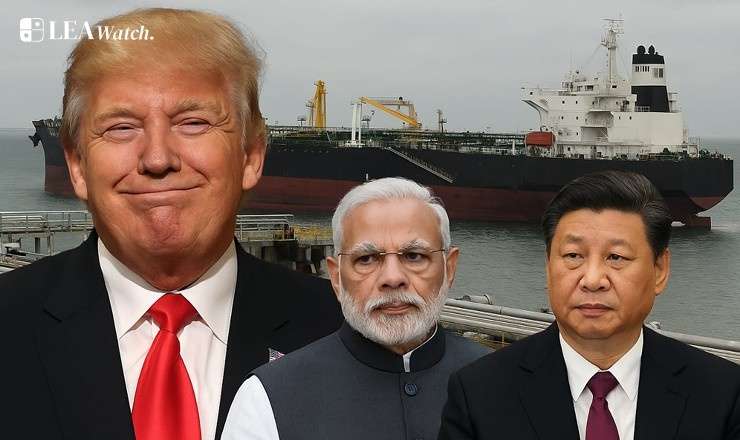China has emerged as the largest buyer of Russian oil, with India not far behind, a strategic necessity amid sanctions and Western pressure. Yet, India alone is facing a punitive 50% U.S. tariff on exports, casting a spotlight on the contradictory geopolitics of trade and energy.
U.S. President Trump’s tariff package, combining a 25% reciprocal duty with an additional 25% secondary tariff tied to Indian oil imports, privileges China’s comparable volume of Russian oil purchases, but penalises India. This divergence underlines Washington’s frustration with stalled trade talks and reveals a transactional rather than principle-based approach to diplomacy.
India defends its actions as a matter of energy security and cost-saving, with officials noting that Western powers like the U.S. and EU continue trading with Russia across several commodities. MEA Minister S. Jaishankar called the duress “perplexing,” highlighting selective scrutiny despite India and China having fuelled energy stability by buying low-cost Russian oil.
The result? A diplomatic paradox: India is pressured over its trade with Russia, even as global security instability intensifies. PM Modi must now manage a charged equation: balancing strategic autonomy, energy access, and export resilience all while navigating the geopolitical expectations of the U.S. and the growing clout of BRICS partners.

